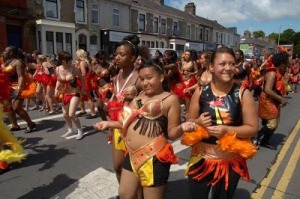


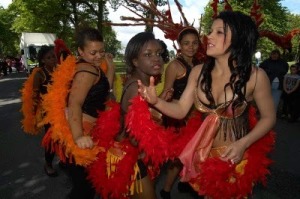
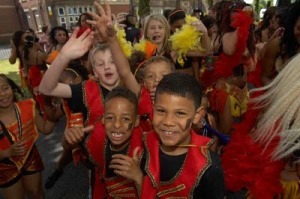

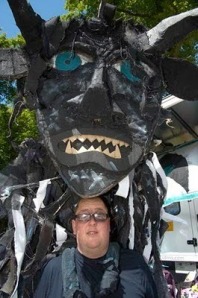



The child protection policy of the Preston City Council Carnival Association is comprehensive.Its eight pages include the rather disturbing statement that ‘there is evidence that some people have used arts events as an opportunity to take inappropriate photographs or film footage of young and disabled carnival participants in vulnerable positions. All bandleaders should be vigilant and any concerns should to be reported to the Club Child Protection Officer.’
So you can imagine my trepidation when I walked from my house to Moor Park to photograph the event.
The Caribbean Carnival, as it is more commonly known, began more than 30 years ago and is organised by volunteers.
This year around eight trucks blasting out music paraded through the streets of Preston, each one followed by dancing children, ranging in ages from six to fifteen.
They are all fantastically dressed in bright reds and yellows, topped off with gold and feathers. Everyone and everything looking like a great festival should.
I did feel sorry for the youngsters as they stood for over an hour in the cold, windy shade of Moor Park Avenue. Shivering in their costumes as organisers waited for a missing troop to arrive by coach.
Photographing children from close proximity, as my style of imagery demands, I had prepared myself for questions from police or one of the many security staff who marshaled the parade.
But looking around, there were dozens of amateur photographers with far less professional-looking equipment than mine and who looked for more paedophilic. They were snapping away happily.
If anyone was aware of the Carnival’s child protection policy, they didn’t seem to care.
But is this right? Of course, children should be protected from danger. But I am also very aware of the knee-jerk reaction to photography in this country – dare to take a picture of someone not know to you and reactions can range from disapproving looks to shouts of ‘paedo’ (which incidentally is only ever heard from drunk 40-year-old blokes after I’ve just photographed them – work that one out).
Unlike a decade ago, almost everyone now constantly carries a camera on them as part of their mobile phone, yet attitudes have hardly changed.
So, it was with trepidation that I took my first few images of the youngsters waiting patiently on the grass for the carnival to start.
My awkwardness disappeared quickly as all the kids excitedly lined up in little groups eager to be photographed.
The irony is, of course, that my photography is less about the events themselves but more about the people who watch them.
As with Blackpool’s promotion party a week earlier, people attending events are much more comfortable about being photographed. I was able to walk down Deepdale Road taking images of the crowd without any quizzical looks. Or hardly any.
The Carnival was stunning, the costumes and dancing were outrageous, the atmosphere was brilliant. This was an event which does not need photography, it demands it.
NOTE (an extra bit): Three years ago I had contacted several people on the Caribbean Carnival organising committee in order to gain permission to photograph the festival.
Poor communication led to me giving up trying to gain official permission to photograph an event I had a right to take pictures because a) it is held in public and b) it goes past the end of my street.
All photos taken on June 30, 2010.
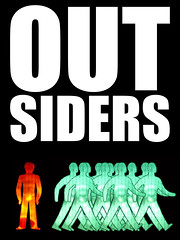


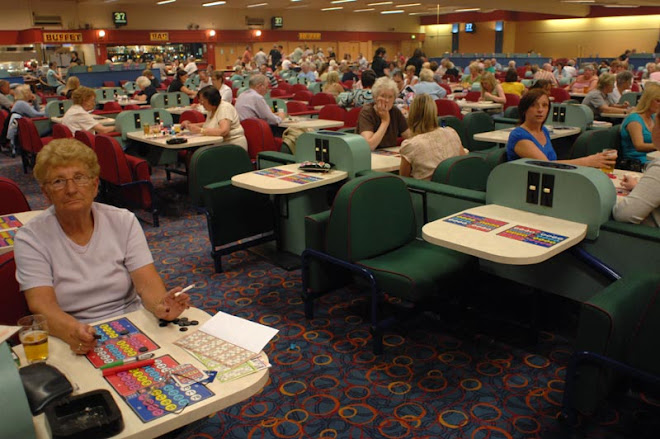
1 comment:
i am one of the band members for one of the preston groups being security on the day i was aware of certain individuals who i took photos of, continuely photographing my band from moor park all the way to the town centre. When I approached a policeman about my concerns as they were 3 males of mid twenties the policeman replied not alot i can do given the nature of the day and the amount of people taking photos! What can we do even with policies in place?
Post a Comment